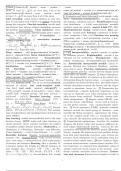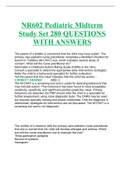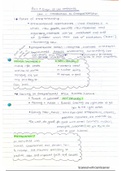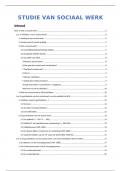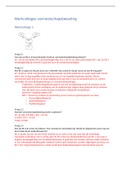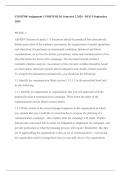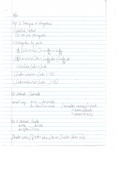Summary
Summary Cheatsheet for Data Mining for Business and Governance Exam (2 pages)
- Course
- Institution
Prepare effectively for your Data Mining for Business and Governance exam with this concise and structured cheatsheet. Spanning 2 pages, this resource is tailored for exam success, offering a quick reference guide organized by lecture topics. Featuring LaTeX-rendered mathematical formulas fo...
[Show more]
